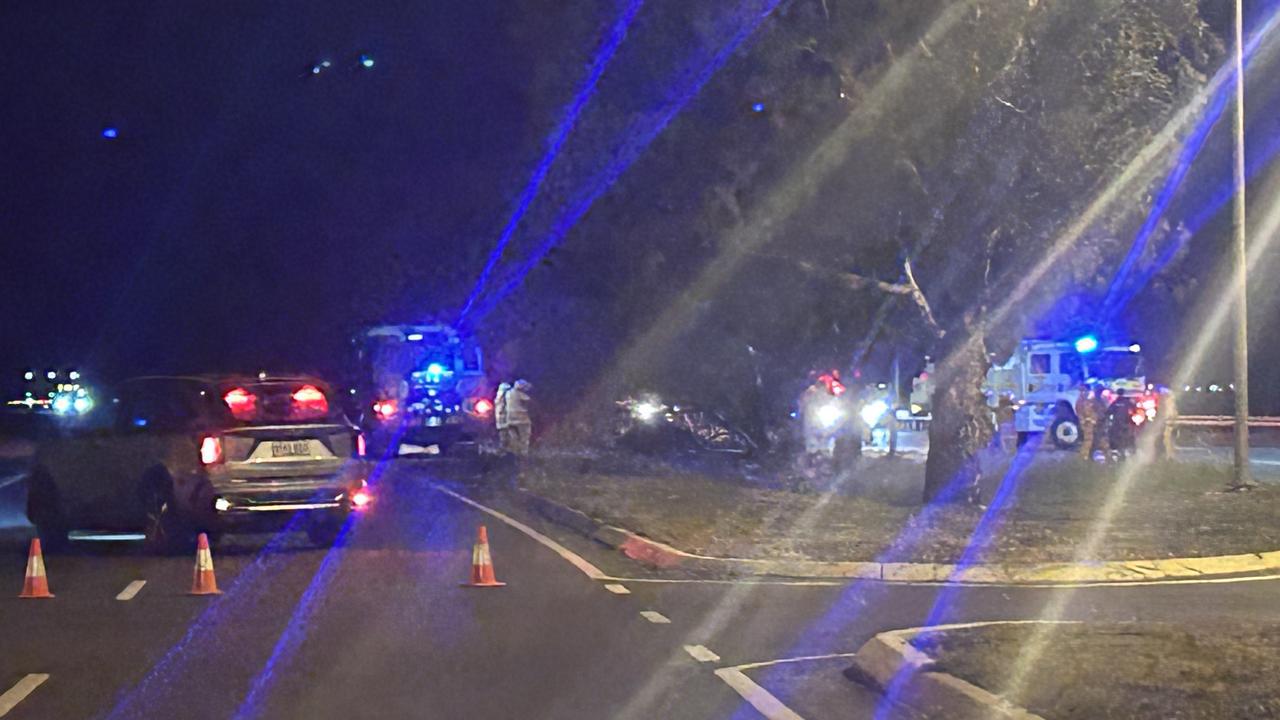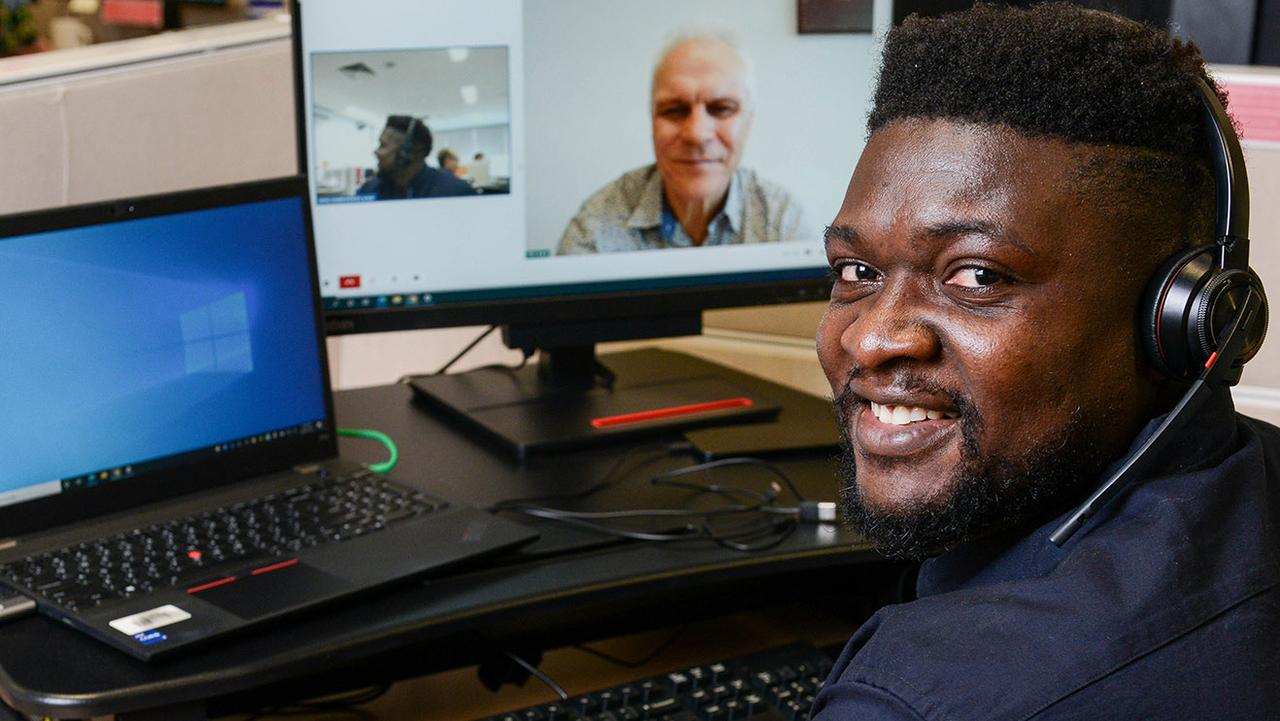Statewide initiatives helping communities keep up with healthcare demands
Throughout metropolitan Adelaide and regional SA, a raft of projects – from new hospitals to innovative workforce models – are providing a boost to the state’s healthcare landscape.
SA News
Don't miss out on the headlines from SA News. Followed categories will be added to My News.
Country South Australians are benefitting from the growth of the state’s healthcare system.
New and upgraded hospitals and health centres – including Loxton, Port Pirie, Mount Gambier and Mount Barker – and state-of-the-art ambulance stations are among a raft of infrastructure projects being rolled out across SA’s six regional local health networks.
There also has been significant investment in innovative remote and virtual care programs – ensuring country residents are able to easily access hospital-level care at home when appropriate – while new workforce models have been put into place to help attract and retain skilled clinicians in communities beyond the city limits.

Rural Support Service chief clinical adviser Julianne O’Connor says the initiatives are important for the health and wellbeing of country residents, who often face distinct health challenges.
“Our state needs to maintain strong and thriving rural and regional communities, and approximately 25 per cent of South Australia’s population live in regional and remote areas,” she says.
“It’s a geographically dispersed population and residents face unique challenges. There are challenges in accessing services, and country people often have poorer health outcomes than people living in major cities, so it’s really important that we work together as a whole health system to improve that.”
The Rural Support Service partners with SA’s regional health networks in the provision of services for regional and remote communities.
“In regional SA, we’ve got 61 hospitals plus community services, including residential and home-based aged care. It’s very important to have access to holistic, quality care close to home,” O’Connor says.
“And for First Nations people, it also means having access to services on Country. One of the ways we have achieved this is through the Renal Dialysis Truck which provides dialysis in some of the remotest parts of the state.”
Aged care is another key area where regional health networks are working with partners to improve access to health services for people receiving aged and home-based care using new technologies.
“But we also know we can’t provide everything in a regional setting, so if we can find ways to develop different pathways to specialist services as required then we can provide access to a greater range of health services.”
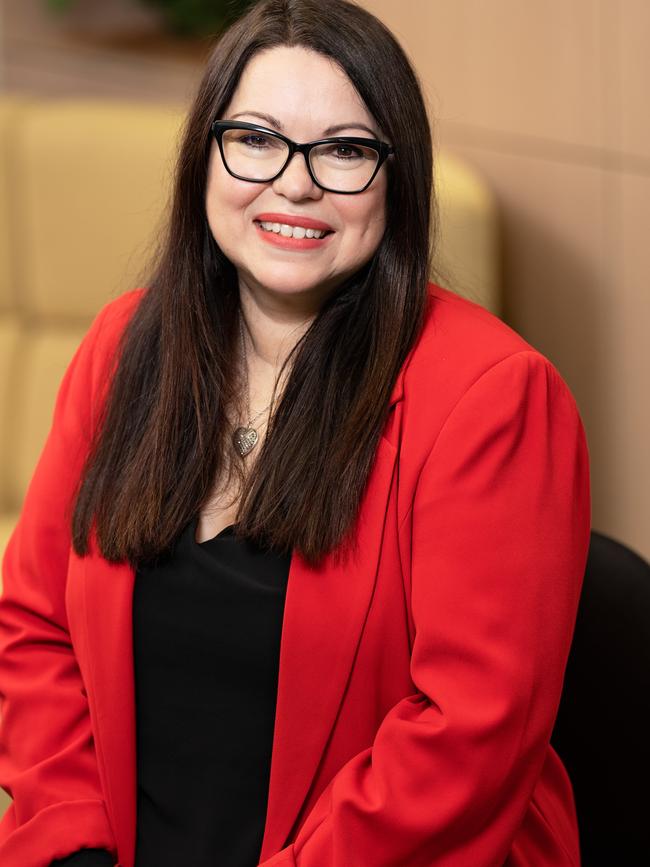
As well as an innovative 24/7 remote health monitoring service across the regions, the SA Telestroke Service provides fast-tracked critical neurological care for people experiencing stroke symptoms across South Australia.
Regional health services are also developing new workforce models to attract and retain future workforce.
The equivalent of more than 200 full-time healthcare staff – doctors, nurses and allied health professionals – have already been employed in regional South Australia since 2022, with a number of innovative strategies in place to add to that number.
“We’re looking at solutions that will attract people with an interest in living and working in the country – but also to provide extra support and options for country people to access training in the country.”
The rural generalist program supports rural postgraduate medical training, while it is hoped a trial of a new Single Employer Model will help support up to 60 GP
and rural generalist registrars training in the community at any one time.
The rural deployment program – aimed at matching the skills of city-based health professionals with vacancies in regional areas offers a host of positives.
“This gives metro clinicians the opportunity to experience a new environment and meet
new colleagues and broaden their skills,” O’Connor says.
“So it has mutual benefits, where the regional hospital adds to its workforce and the deployed staff member has an opportunity to use and develop their skills in a new environment.”
Additions a boost for fast-growing north
New healthcare facilities and services – including much-needed mental health programs – will be a huge plus for residents of Adelaide’s fast-growing northern suburbs.
That’s the view of Northern Adelaide Local Health Network divisional director Dr Sanmuganatham Sujeeve, who says a significant building program at the Modbury Hospital Health Precinct is just one of many important initiatives under way in the burgeoning area.
The investment in health infrastructure and services also includes the opening of 80 more beds at the Lyell McEwin Hospital and 26 more beds at Gawler Health Services, and the construction of new ambulance stations in Golden Grove and Two Wells.
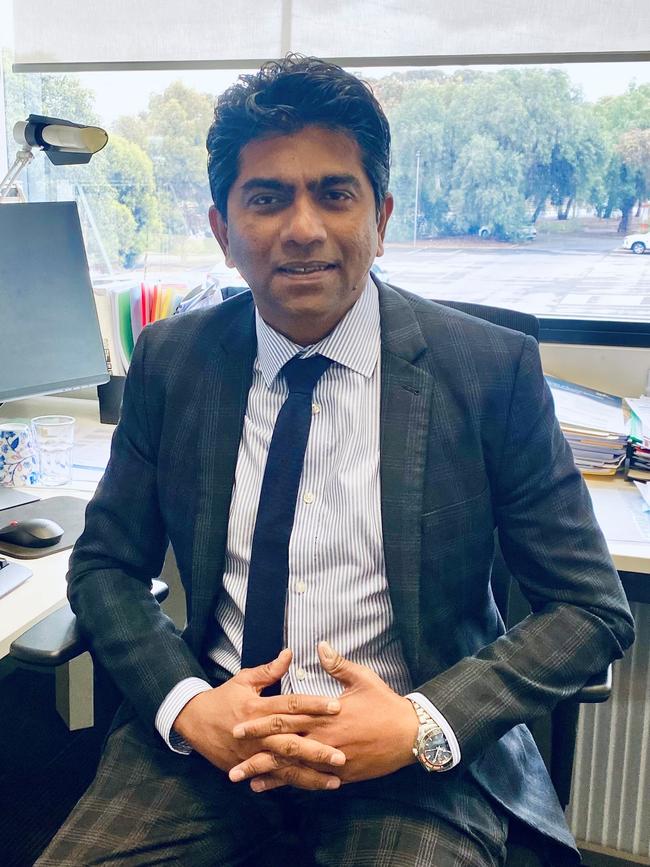
“The northern part of Adelaide is probably the fastest-growing in the state,” Dr Sujeeve says. “We have a large migrant population and a large number of healthcare needs in this part of the city – and the burden of disease here is pretty high.”
A state-of-the-art Modbury Hospital Health Precinct is one of the features of the Modbury Hospital upgrade. This will incorporate a 24-bed mental health rehabilitation ward and a 20-bed older person’s mental health unit, providing specialist care for older residents experiencing acute dementia or other conditions.
Dr Sujeeve says both wards will be crucial additions. “The mental health rehab ward is for consumers with chronic and complex enduring mental illness and who may require long-term rehab prior to them safely returning to the community with improved functionality,” he says.
“They will be able to stay in these facilities for three to 12 months, which clearly helps their outcome measures and improves their overall care and wellbeing.”
Dr Sujeeve says the older person’s mental health unit will play an equally important role in helping cater for the area's ageing population.
“We currently have a 20-bed (older person’s) ward at the Lyell McEwin Hospital but this will be a purpose-built unit at Modbury where it can be co-located alongside geriatric services,” he says.
Mental health services in the region will be further boosted with the establishment of the Northern Adelaide Medicare Mental Health Centre, which will be a safe space for people in distress in finding appropriate support.
“An increasing number of people are presenting to the emergency departments, which is not the best place for mental health patients, especially if they have to wait to be seen,” Dr Sujeeve says.
Co-funded by the State and Commonwealth governments, the walk-in Medicare Mental Health Service is to be built alongside the Lyell McEwin Hospital, and will include a 16-bed crisis respite centre.
“This is for people who might need to stay overnight for up to three days in a home-like environment to alleviate their stress and discomfort,” Dr Sujeeve says.
The service is already operating in Elizabeth until the permanent site near the Lyell McEwin Hospital is complete.
Another NALHN service people will be able to utilise is its mental health hospital in home program, which is designed to help keep people out of hospital – while still providing full care.
“Instead of being admitted to the hospital, a particular team – psychiatrists, junior medical officers, nurses, social workers and pharmacists – will work to support people in their home environment,” Dr Sujeeve says.
“Daily home visits will assess their mental state, medications management and therapy and – importantly – help link them back to the community.”
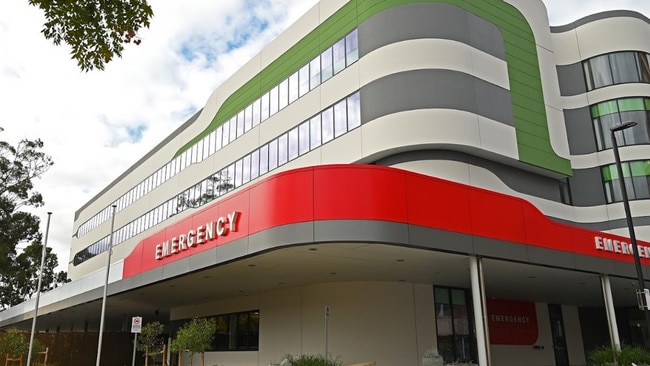
Care’s BRIGHT future shines in the west
An innovative hospital avoidance service is playing a crucial healthcare role in Adelaide’s western suburbs.
Complementing other local investments – such as a comprehensive upgrade to The Queen Elizabeth Hospital and a new ambulance station in Woodville Gardens – the expanded BRIGHT service extends available care options.
Dr Lane Hinchcliffe, the Central Adelaide Local Health Network medical lead for integrated care, says BRIGHT – short for “bringing responsive integrated healthcare to the community” – has played an instrumental role in diverting people from hospital emergency departments since being introduced in Adelaide four years ago.
Initially opening at a site in Sefton Park in August 2020, the referral-only service provides rapid assessment and acute care for patients whose care needs are unable to be met by GPs alone and would otherwise need to be managed in an emergency department.
More than 18,000 patients have since received care from a multidisciplinary team of doctors, nurses and allied health professionals. In-person and virtual consultation options are available, with on-site services including pharmacy, pathology and medical imaging.
The second BRIGHT site – established within the former Queen Elizabeth Hospital emergency department at Woodville – has been off to a similarly busy start since launching on July 15. “It’s been working really well,” Dr Hinchcliffe says.
“It’s only been about three months (as at October 11) and since we’ve opened there we’ve had 560 ambulances (diverting to BRIGHT Woodville) already and had another 760 patients referred.
“We’re very happy with the response we’ve been getting and consumer feedback is extremely positive.
“The new location at Woodville has been an exciting venture with some new challenges and opportunities and I think over the coming months we’ll really find our feet there.”
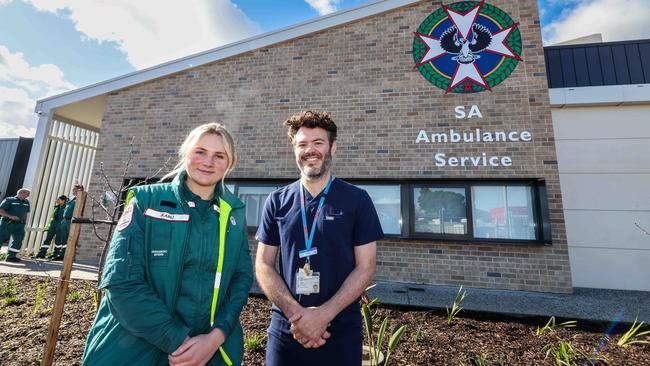
Dr Hinchcliffe says the program meets a vital need in local healthcare delivery. “The aim is to provide patients with the right care at the right time from the right people,” he says. “It has to always be focused on what the community needs.
“We recognise that emergency departments have an integral role in our health system and they cannot be replaced.
“But not everybody needs to be seen at an emergency department – and as a matter of fact sometimes it can be detrimental to the system and the patients if everyone is funnelled through that one system.
“We’re now reimagining the way health can work so we can get out of the traditional mindset of it all being centred around the emergency department.”
It all adds up to providing greater services for people in the western suburbs, Dr Hinchcliffe says. “That’s really what it’s all about. It’s about making sure people have access to the right service when they need it – and to be able to offer that in a variety of different ways is exciting.
“So now we have BRIGHT across the western suburbs as well as in central Adelaide – and we’re starting to reach a wider demographic, which is great.”
Aside from BRIGHT, The Queen Elizabeth Hospital expansion will deliver 112 extra inpatient beds and 15 additional emergency treatment bays. The hospital’s new Kangkanthi building – which opened in July – incorporates a 46-treatment bay emergency department, 12 state-of-the-art operating theatres, a 52-bed rehabilitation facility and clinical support services.
Construction is also under way on a new 24-bed mental health rehabilitation unit directly across from the hospital; while a new ambulance station – a base for 16 paramedics – opened in Woodville Gardens in July.
Dr Hinchcliffe says he would be thrilled to see the BRIGHT service expanded further throughout Adelaide.
“It’s a great model. I wouldn’t be surprised if other local health networks are watching and taking interest.”
Southern upgrades to boost patient capacity
A comprehensive redevelopment of the Flinders Medical Centre is among a raft of initiatives lifting the level of healthcare across Adelaide’s south.
The massive upgrade of the Flinders site – which includes the construction of a seven-story acute services building, due for opening in 2028 – is complemented by expansion and upgrades at the Repat Health Precinct and Noarlunga Hospital.
It adds up to good news for patients, staff and the wider local community, says Dr Nadia Wise, of the Southern Adelaide Local Health Network.
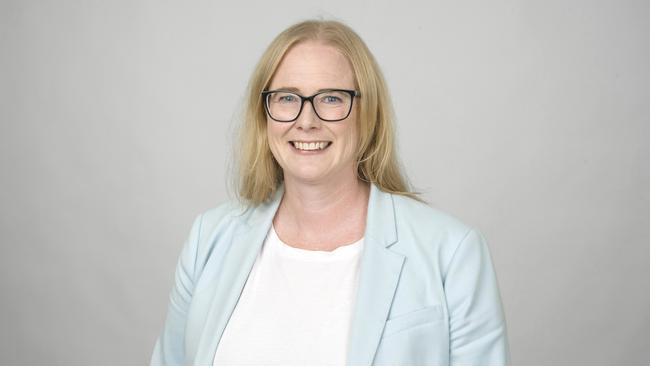
“I think the investments that are being made are really, really exciting for clinicians and patients in southern Adelaide,” says the vascular surgeon, who was also recently appointed as the clinical director for surgery and perioperative medicine at SALHN.
“And most people who work at SALHN live in the catchment area too, so actually having this investment is going to be a huge boost, not just for patients and staff but for our communities in general.”
The southern upgrades are set to expand local inpatient capacity by more than 20 per cent or an additional 228 beds during the next four years – the equivalent of two Noarlunga Hospitals. This incorporates an extra 72 beds across Noarlunga Hospital, Flinders Medical Centre and the Repat Health Precinct, at Daw Park, this year alone. A further 58 will be made available in 2025, with 98 more when the Flinders Medical Centre building is opened in 2028.
Dr Wise says Flinders’ new acute services building will be “amazing”, and include four new operating theatres, two new adult inpatient wards, a 16-bed intensive care unit and an 18-bed medical day unit.
“The new operating theatres will increase our capacity to deliver elective and emergency surgery, while another good part of the acute services building is the day unit, where patients can come in and have their treatment and then go home on the same day.”
Dr Wise says the same-day procedure option is an increasingly common model of contemporary healthcare, as is the use of modern technology to improve patient access to healthcare professionals.
“The same-day treatment means patients can go home and be with their families but still get the medical care they need during the day,” she says. “So having increased capacity to manage patients from a day procedure point of view will make a big difference, not just for surgical patients but for medical patients too.”

Dr Wise says projects at the Repat and Noarlunga centres complement the Flinders upgrade. She describes the upgrade at Noarlunga Hospital – incorporating work to expand its inpatient capacity by more than 50 per cent by late 2025 – as a “big bonus”. This will be made up of 48 new beds – 24 dedicated to medical inpatient patients with the remainder for mental health rehabilitation.
“There’s been a really big need to increase the capability and capacity at Noarlunga Hospital,” Dr Wise says.
“The more people we can care for at Noarlunga the better, particularly as our population is growing further south as well.”
A new 26-bed Geriatric Evaluation and Management (GEM) Unit has just been opened in the Repat Health Precinct, while a separate service opened in March providing alternative treatment pathways for older people when emergency care is not required.
Dr Wise is also excited about the recently launched partnership strategy between SALHN and Flinders University.
“This strategy not only focuses on ground-breaking medical research but creates invaluable opportunities for university students to complete their clinical training at SALHN, and creates a pipeline for our future workforce,” she says.

